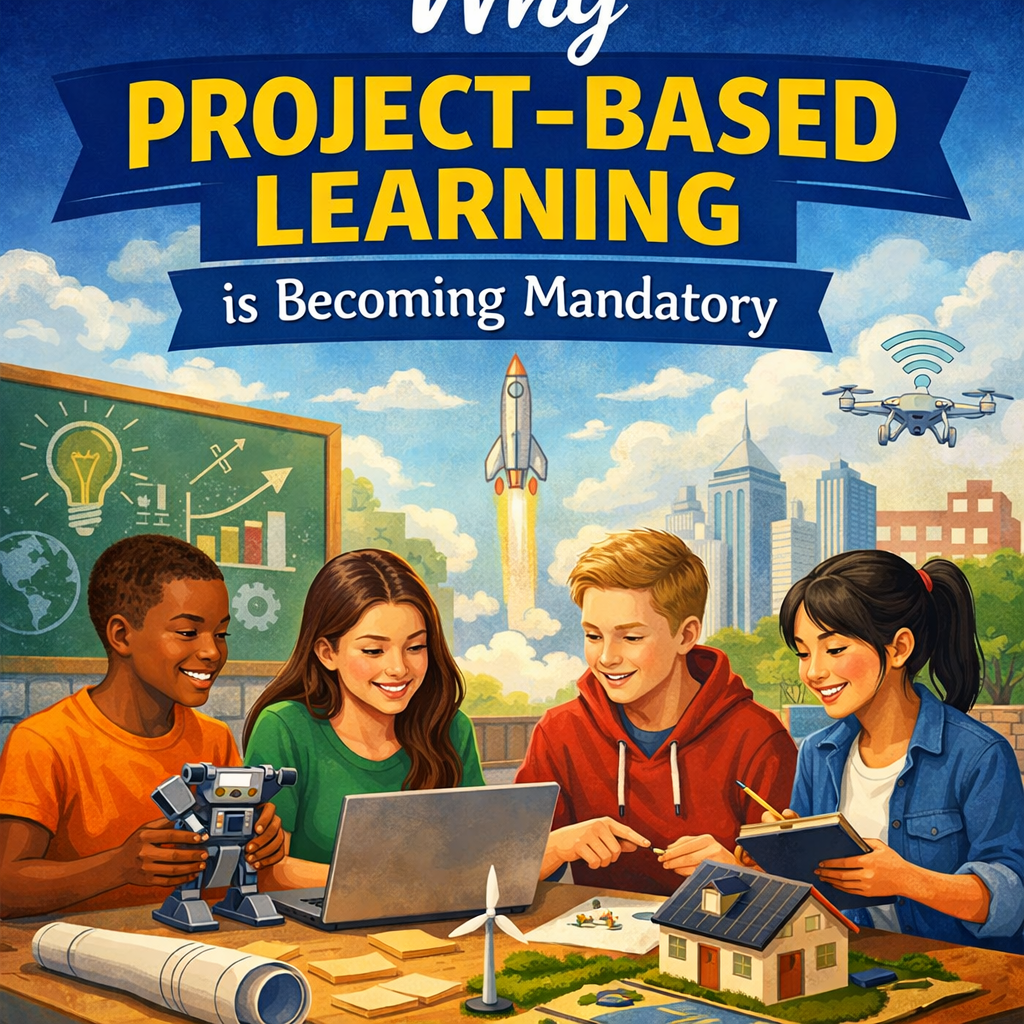Introduction
In today’s fast-changing professional world, careers don’t just happen; they’re built. Whether you’re starting your first job, switching industries, or aiming for leadership, having a 5-year career growth plan can help you move forward with 5-Year Career Growth Plan clarity and confidence. Instead of leaving your career to chance, a well-designed plan gives you direction, measurable goals, and the motivation to keep evolving.
The job market in 2025 is more dynamic than ever. Technologies like artificial intelligence, automation, and remote collaboration are reshaping industries and skill requirements. In this environment, professionals who plan 5-Year Career Growth Plan ahead are more likely to stay relevant, adaptable, and successful. A career growth plan isn’t just about promotions; it’s about skill expansion, personal development, and aligning your work with your long-term vision.
Creating a 5-year plan gives you structure. It helps you track progress, identify gaps, and make informed decisions when opportunities arise. More importantly, it allows you to visualize the future you want and build the roadmap to get there.
Understanding the Purpose of a 5-Year Career Growth Plan
Looking Beyond Short-Term Goals
A 5-year plan goes deeper than annual performance objectives or short-term targets. It encourages you to think long-term about where you want to be professionally, financially, and personally. This perspective helps you avoid the trap of job-hopping without direction or chasing promotions that don’t align with your goals.
When you define your long-term vision, you’re essentially setting the coordinates for your professional GPS. Each year becomes a step toward that destination. For example, if your goal is to become a marketing director in five years, you’ll know which skills, certifications, and networking opportunities you need to prioritize along the way.
Building a Sense of Purpose and Motivation
Having a plan also strengthens your sense of purpose. Instead of reacting to changes, you act intentionally. This mindset shift keeps you motivated even during challenges like slow career growth, skill gaps, or job uncertainty.
Furthermore, employers value professionals who think ahead. A clearly defined growth plan shows initiative, discipline, and vision qualities that set you apart during performance reviews or interviews. It signals that you’re not just working for a paycheck, but for long-term impact.
Assessing Where You Stand Today
Conducting a Self-Evaluation
Before planning where you want to go, you must understand where you are right now. Start with a career self-assessment. Evaluate your current role, skills, strengths, and weaknesses. Ask yourself questions such as:
- What do I enjoy most about my work?
- Which tasks or skills do I need to improve?
- How does my current job align with my long-term goals?
Reflecting on these questions helps you identify gaps that need attention, whether they’re technical skills, leadership abilities, or industry-specific expertise.
Gathering Feedback from Others
Sometimes, we’re not the best judges of our own performance. Seek feedback 5-Year Career Growth Plan from managers, mentors, and colleagues to gain perspective. Constructive feedback provides clarity about areas you might overlook, such as communication style, teamwork, or time management.
For instance, you might believe your technical skills are top-notch, but your mentor may point out that developing strategic thinking will be crucial for your next promotion.
Analyzing Industry Trends
A career plan must evolve with the job market. Research your industry’s direction, which roles are growing, what technologies are emerging, and how skill expectations are changing. This ensures your plan stays realistic and aligned with future opportunities.
Defining Your Long-Term Vision and Goals
Creating a Clear Vision for Your Future
Once you understand your starting point, it’s time to define your career destination. Picture where you want to be five years from now. What does your ideal workday look like? Which responsibilities excite you? How do you want to be recognized in your field?
A vision should feel ambitious yet attainable. It acts as your north star, guiding your decisions, priorities, and learning path. For example, if you aspire to become a senior data analyst, your plan might include earning an advanced analytics certification, gaining project management experience, and leading cross-functional initiatives within five years.
Setting SMART Goals
To bring your vision to life, convert it into SMART goals: Specific, Measurable, Achievable, Relevant, and Time-bound. Rather than vague aims like “improve my leadership,” set concrete milestones such as “complete a leadership certification within 12 months” or “lead two major team projects by year three.”
This structure allows you to measure progress objectively. Each milestone becomes a confidence booster, motivating you to continue moving forward.
Aligning Goals with Personal Values
Career success means little if it conflicts with your values or lifestyle goals. Ensure your 5-year plan reflects what truly matters to you, whether that’s work-life balance, financial independence, creative fulfillment, or global exposure.
For example, if flexibility and family time are priorities, you might aim for a remote leadership role instead of a high-travel corporate position. When goals align with values, you’re more likely to stay committed and satisfied.
Mapping the Road Ahead: Building Skills and Opportunities
Identifying the Skills You Need
Once you know your goals, list the skills and qualifications required to reach them. These may include technical competencies, leadership traits, or soft skills such as negotiation and emotional intelligence.
The World Economic Forum’s 2025 Future of Jobs Report highlights skills like analytical thinking, AI literacy, adaptability, and creativity as top priorities for the future workforce. Incorporating these into your plan ensures long-term relevance in a tech-driven job market.
Learning Continuously
A 5-year career plan thrives on continuous learning. Enroll in online courses, attend webinars, or pursue certifications relevant to your field. Platforms like Coursera, LinkedIn Learning, and edX offer flexible learning options tailored to professionals at any stage.
However, growth isn’t limited to formal education. Volunteering for cross-departmental projects, mentoring others, or joining industry forums also expands your experience and network. The more diverse your exposure, the more agile your career trajectory becomes.
Networking Strategically
Networking remains one of the most powerful career accelerators. Build relationships with industry peers, mentors, and thought leaders. Attend conferences or engage in online communities related to your domain.
Strategic networking opens doors to opportunities from job referrals to collaboration offers. Over five years, a strong professional network can amplify your visibility and influence within your industry.
Tracking Progress Year by Year
Break your plan into yearly milestones. For instance:
- Year 1–2: Focus on skill building and certifications.
- Year 3: Transition to more responsibility or a leadership position.
- Year 4–5: Aim for specialization or advancement into senior management.
This stepwise approach keeps your growth measurable and prevents overwhelm. Regularly revisit your plan every six months to adjust based on new goals, achievements, or changing priorities.
Overcoming Challenges and Staying Consistent
Adapting to Change
No career plan remains static. Economic fluctuations, company restructuring, or personal life events can alter your trajectory. The key is adaptability, being ready to revise your goals or timeline without losing sight of your broader vision.
For instance, if your industry faces disruption due to automation, pivot by learning complementary digital skills or exploring related career paths. Flexibility keeps your momentum alive, even when external circumstances shift.
Managing Motivation and Burnout
A five-year timeline can feel long, and maintaining motivation requires effort. Celebrate small wins, completing a certification, receiving recognition at work, or achieving a project milestone. Acknowledging progress keeps your enthusiasm high.
Equally important is preventing burnout. Balance ambition with self-care. Ensure your goals include personal well-being, such as maintaining work-life balance, mental health, and continuous inspiration. Sustainable success depends on consistent energy and focus.
Measuring Success Beyond Promotions
Career growth isn’t always about titles or salary hikes. Success can also mean expanded influence, better job satisfaction, or the freedom to choose projects that inspire you. Over time, these qualitative achievements often lead to long-term rewards.
Tracking both tangible and intangible milestones ensures your plan remains fulfilling, not just financially rewarding.
Conclusion
Creating a 5-year career growth plan is one of the smartest investments you can make in yourself. It gives you clarity, purpose, and a sense of direction in an unpredictable 5-Year Career Growth Plan job market. By setting clear goals, developing 5-Year Career Growth Plan new skills, and staying adaptable, you transform career uncertainty into intentional progress.
Remember, your plan doesn’t have to be perfect; it just has to be yours. As you evolve, so will your priorities and ambitions. The real value lies in taking ownership of your journey and making every career decision with intent.
Five years from now, you’ll look back and realize that every small step, every skill learned, connection made, and goal achieved has built the professional you envisioned. So start today. Your future self will thank you for it
Find Your Dream Job Today Explore Endless Career Opportunities and Secure Your Next Role with Best Job Tool







Leave a Reply